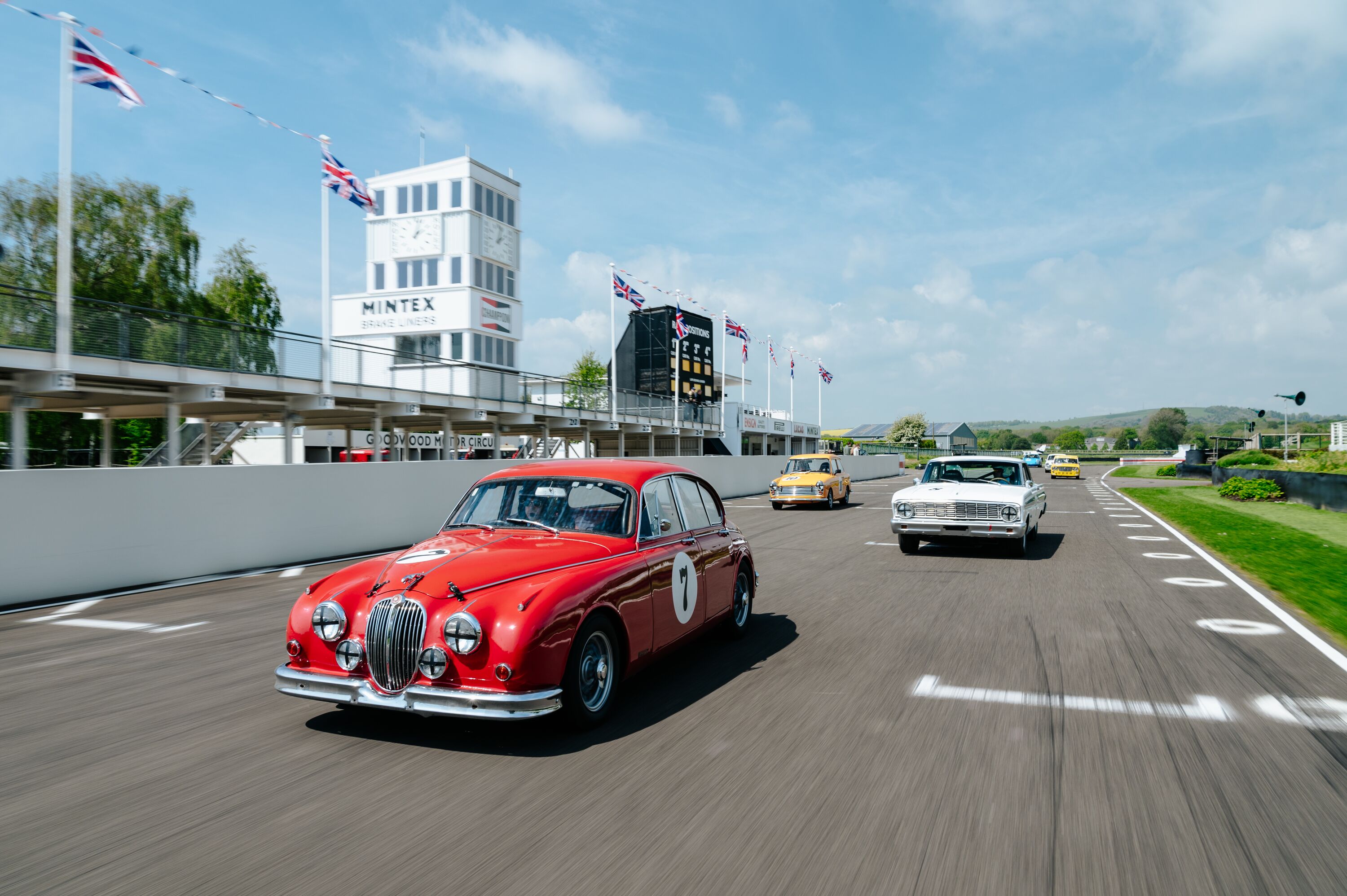Is the Ferrari 12Cilindri today’s 250 GT SWB?
They’re separated by more than six decades yet the basic recipe remains the same. Twelve cylinders up front powering the rear wheels, with a body suitable for grand touring in between. The first ever Ferrari was powered by a V12 and it has remained a common thread for Maranello machines right up to the current 12Cilindri, which goes as far as to take its name from its arrangement of cylinders.

The 12Cilindri’s direct lineage goes back to the 550 Maranello of 1996, but as each successive generation came along it became more focused and hardcore. The F12 and 812 Superfast put performance ahead of grand touring, but now the 12Cilindri goes back to those long-legged origins of the genre.
As far as looks are concerned, it recalls a much earlier Ferrari GT. The front-end styling is cribbed from the 1968 365 GTB/4 ‘Daytona’, but for our purposes we’re going even further back in time for an old-versus-new comparison. The 250 GT SWB is a Goodwood favourite, the cars frequently appearing at the circuit to the delight of Revival crowds. Unlike the 12Cilindri, it’s also considered by many of this parish as one of the most beautiful Ferraris of all time.

How have 64 years of advances rendered themselves with the latest Ferrari GT? One thing they have in common is that they are advanced for their time. The 3.0-litre Colombo V12 in the 250 SWB had its roots in racing, and it was also the first Ferrari GT car to feature disc brakes. While its 0-62mph time of 6.5 seconds might pale in comparison to the 12Cilindri’s 2.9 seconds, it was more than accomplished for the time. The same goes for its 150mph top speed. By comparison, the newer car can reach 211mph.
For the 250 SWB, we’re quoting figures from its Competizione trim, which meant 283PS (208kW). This is perhaps where the figures between classic and modern are mostly starkly opposed; the 12Cilindri produces 830PS (610kW). It also has twice the number of ratios with which to deploy its power — its dual-clutch automatic gearbox has eight speed versus the chrome-gated manual four from the 1960s. And therein lies the biggest difference between the two cars.
The 250 SWB is purely analogue, hailing from an era where computers had no business in conducting a motor car. No driver aids, no engine management, no automation. Car and driver are in harmony — or not, depending on the skill of the person behind the wheel. That’s what makes Ferrari 250 and its rivals so captivating at the Goodwood Revival. The driver’s every input influences the outcome.
The 12Cilindri’s driver has electronics on their side. Getting off the line requires only one pedal, and even then launch control is working hard to assure the quickest progress conditions allow. Adaptive suspension and four-wheel steering also contribute to its progress. It’s equally captivating, but in a different way. Witness how it made its way up the tight confines of the Hill for its debut at the Festival of Speed presented by Mastercard to see just what those six decades of evolution really mean.
The 250 GT SWB’s place in history is already assured. As one of the most desirable models of the wider Ferrari 250 lineage, each of 165 cars produced from 1959 to 1962 has a value comfortably into the millions. The 12Cilindri, by contrast, has yet to establish its place in Maranello lore.
Will the 12Cilindri still be thrilling spectators at Goodwood in 60 years the way its legendary forebear still does? Only time will tell, but let’s take a moment to enjoy the fact we’re living in an age where we can enjoy the contrast.
Photography by Eimear Hyland, Jayson Fong and Tom Shaxson
road
news
ferrari
12Cilindri
250 GT SWB










